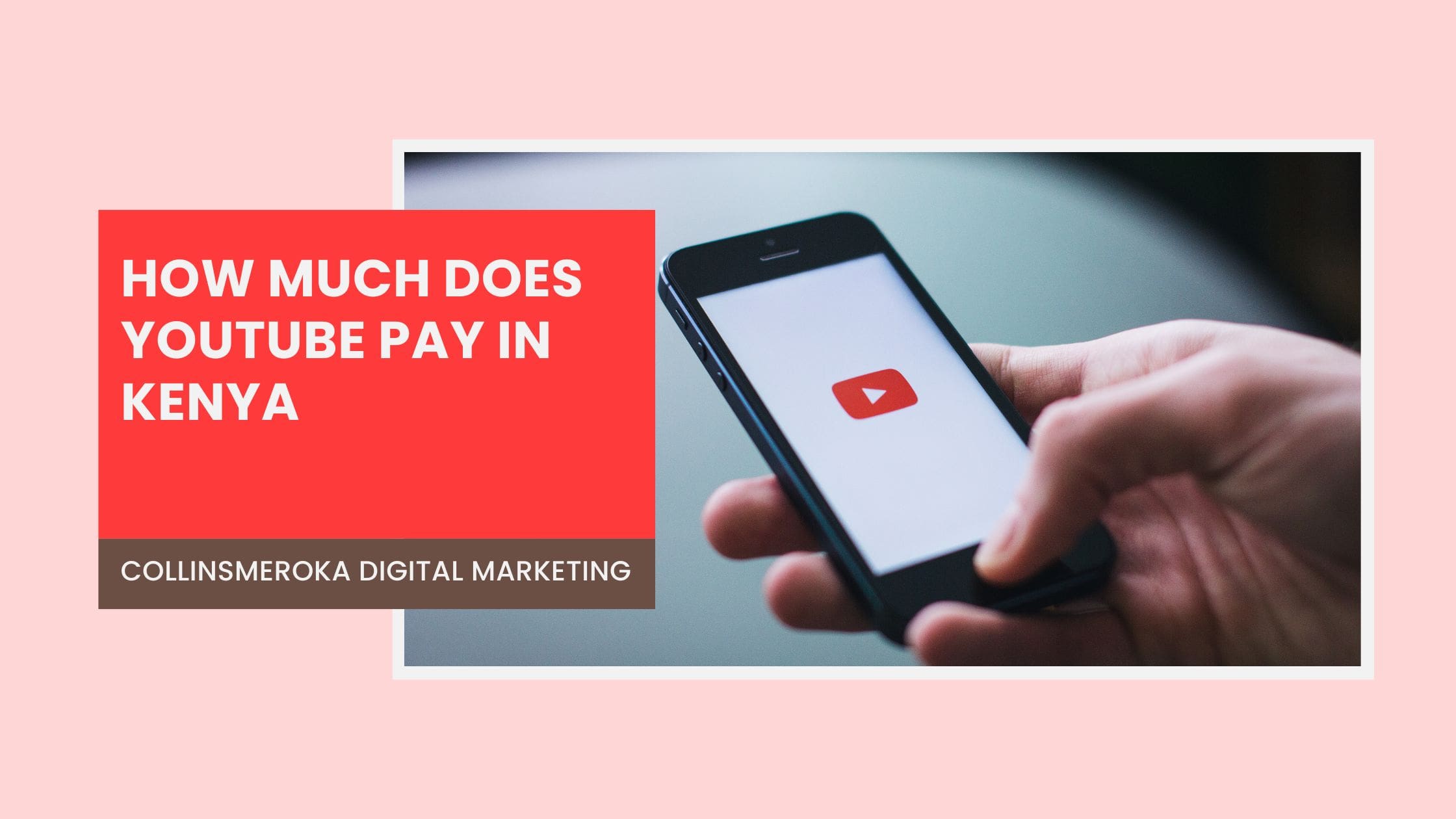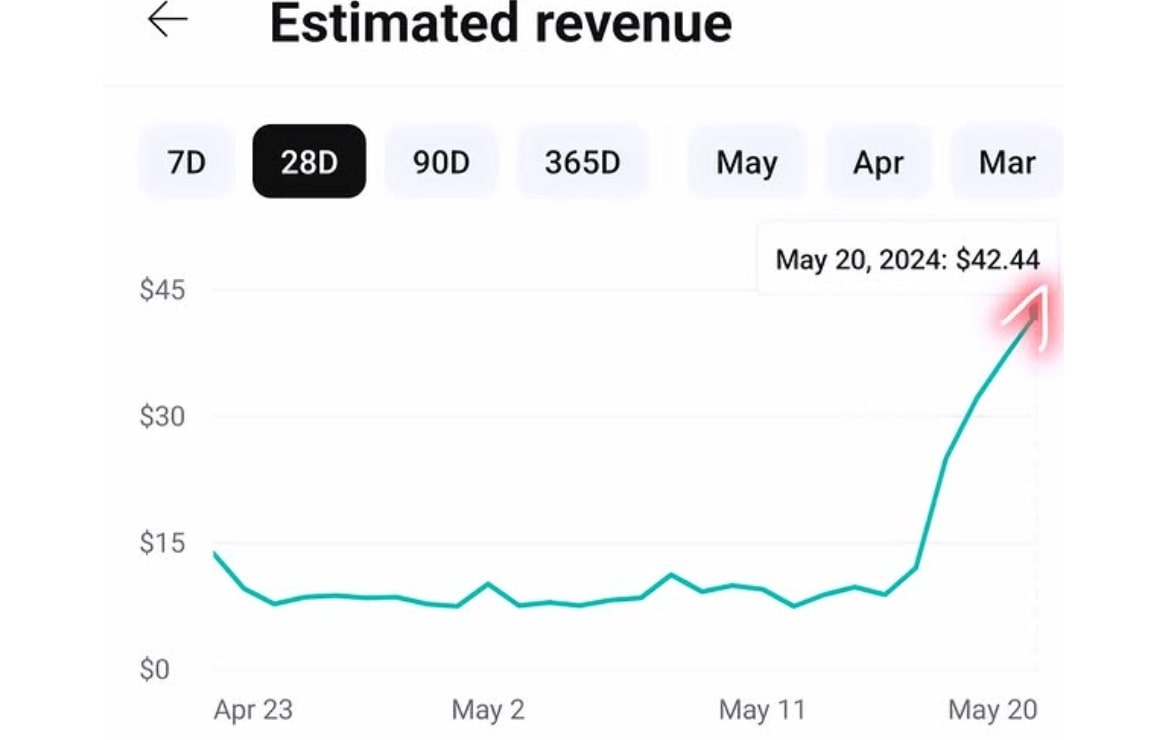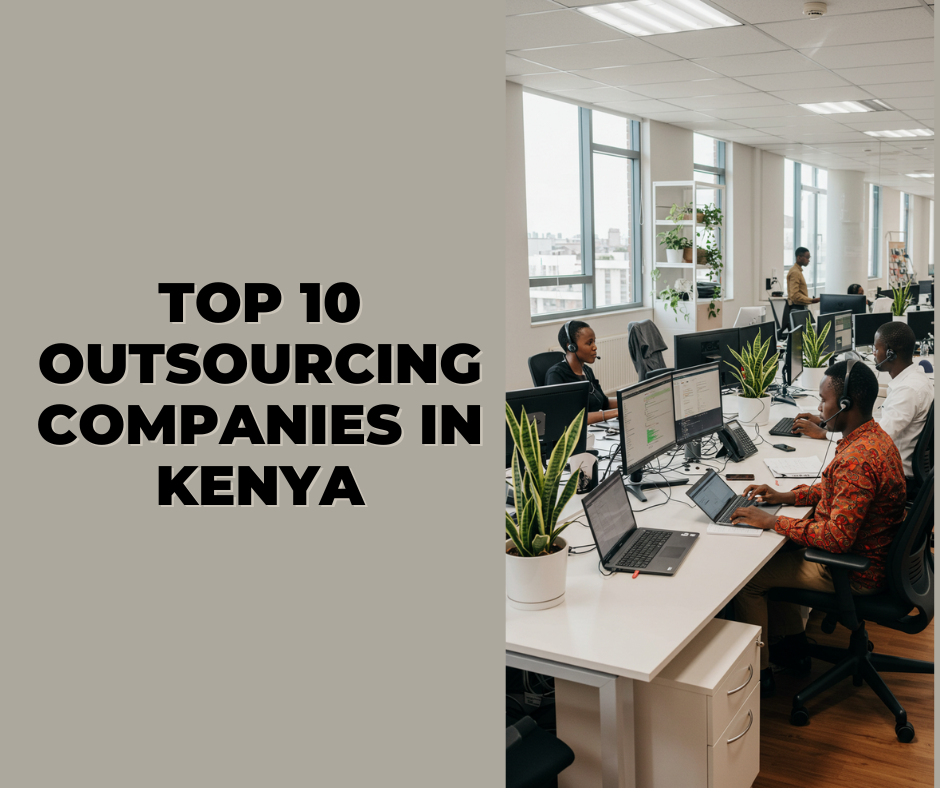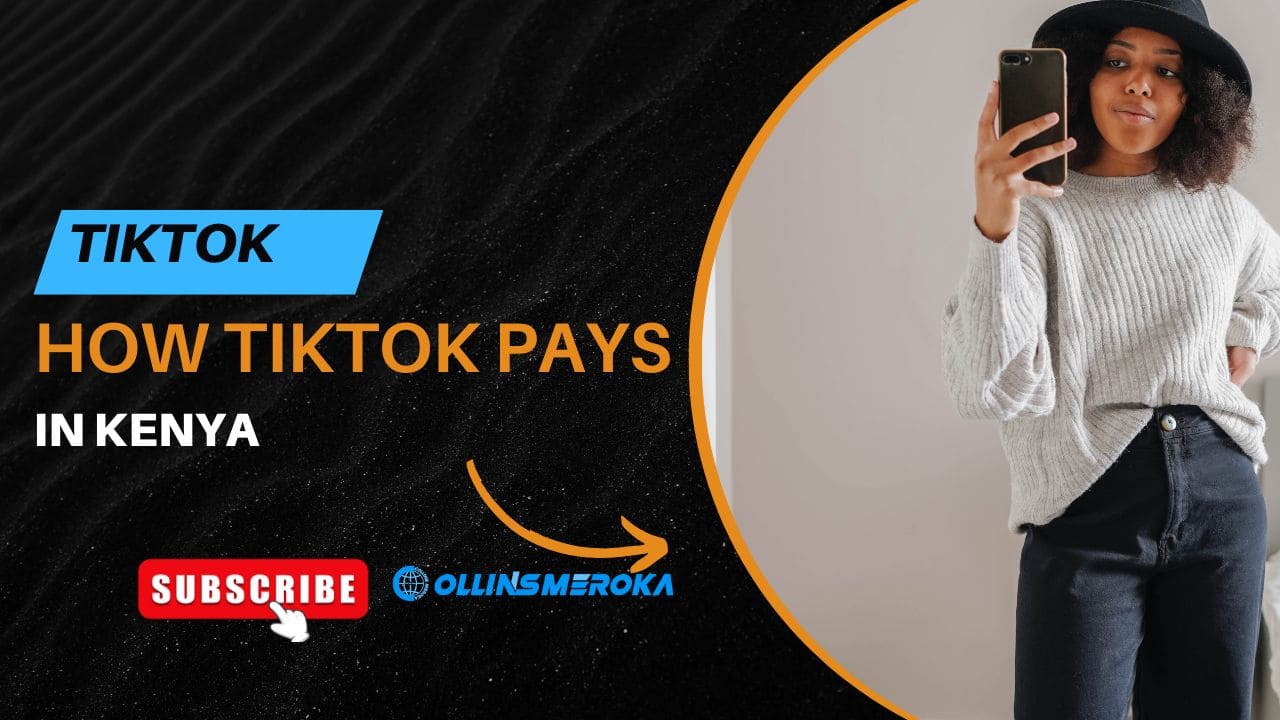The answer to how much does YouTube pay in Kenya is more complex than a single number. You have likely heard wildly different figures, one creator claims they made thousands from 100,000 views, while another says it's barely enough for lunch.
This expert guide will not only give you a realistic earnings range for 2025 but, more importantly, will demystify the entire YouTube revenue formula.
I will break down everything from the crucial difference between CPM and RPM to how that money actually lands in your Kenyan bank account.
The Direct Answer with YouTube's CPM vs. RPM in Kenya Explained

Before we can talk about actual shillings, you must understand two critical terms that determine your earnings: CPM and RPM.
Most new creators confuse them, which often leads to disappointment. Knowing the difference is the key to understanding your real income.
What is CPM? (What Advertisers Pay)
CPM stands for "Cost Per Mille," or Cost Per 1,000 ad impressions. Think of CPM as the wholesale price of an ad.
This is the amount of money advertisers are willing to pay to show their ads 1,000 times on videos within your niche.
However, this is not your money. From this amount, YouTube takes its cut (around 45%), and this number doesn't account for the fact that not every single person who views your video will be shown an ad.
What is RPM? (What You Actually Earn Per 1,000 Views)
This is the most important number for you as a creator. RPM stands for "Revenue Per Mille" or Revenue Per 1,000 Views.
This number represents your total earnings (after YouTube has taken its cut) for every 1,000 views on your video. When you check your YouTube Studio analytics, always focus on your RPM.
This figure gives you a true, practical understanding of how much your channel is earning.
A Realistic RPM Range for Kenyan Creators in 2025

Now for the number you came for. For most Kenyan channels, the RPM can range from $0.50 to $4.00 (approximately KES 65 to KES 520) per 1,000 views.
This means a video with 100,000 views could earn anywhere from KES 6,500 to KES 52,000 from AdSense alone.
Why such a huge range? The single biggest factor is your video's niche.
How Much Does YouTube Pay in Kenya for Different Video Niches?
Not all views are created equal in the eyes of advertisers. A company selling high-end software is willing to pay much more for a single ad placement than a company selling snacks.
The topic of your video (or your niche) determines the type of advertisers you attract, which directly impacts your RPM.
High-CPM Niches (Finance, Technology, Real Estate)
These topics attract advertisers with high-value products and services (like loans, software subscriptions, or property). Because a single customer is worth a lot of money to them, they are willing to pay premium rates for ads.
A video titled "How to Invest in the Nairobi Securities Exchange" will have a significantly higher RPM than a general vlog, making it a very lucrative area to focus on.
Mid-CPM Niches (Education, Lifestyle, Travel)
These niches attract a broad range of advertisers, from consumer brands to educational platforms and travel agencies.
The advertiser pool is large, leading to competitive but moderate ad rates. Your "Weekend Getaway in Naivasha" travel vlog or a "How to Cook Pilau" tutorial falls into this solid middle ground, offering a good balance between audience size and earning potential.
Low-CPM Niches (Entertainment, Vlogs, Gaming)
These niches attract massive audiences, but the advertisers are often selling lower-cost products (like mobile games or beverages).
The value per ad is lower, but this is often compensated for by achieving incredibly high view counts. This is why comedy skits and gaming channels often need millions of views to earn what a finance channel might make with a hundred thousand.
The YouTube Partner Program (YPP) and How it Pays in Kenya
You can have a viral video with millions of views, but you will not earn a single shilling from YouTube ads until you are officially accepted into the YouTube Partner Program (YPP).
This is the mandatory monetization program, and getting accepted is the most important first milestone for any serious creator.
The 4 Core Requirements of YPP (as of 2025)
To be eligible to apply for the YPP, you must meet a specific set of thresholds. Think of these as your key performance indicators (KPIs) to track your channel's growth. You must hit these four targets:
- 1,000 Subscribers: You need to build a core community of at least one thousand people who have subscribed to your channel.
- 4,000 Public Watch Hours: Your videos must have been watched for a total of 4,000 hours by the public over the last 12 months. This shows YouTube that people are genuinely engaged with your long-form content.
- OR 10 Million Shorts Views: As an alternative for creators focused on short-form content, you can qualify with 10 million valid public Shorts views in the last 90 days.
- Adherence to Policies: Your channel must have no active Community Guideline strikes. This means your content must be clean and follow YouTube's rules.
- Account Security: You must have 2-Step Verification turned on for your Google account to protect it from unauthorized access.
How to Apply and What to Expect After You Do
Once you meet these requirements, the "Earn" tab in your YouTube Studio will unlock, allowing you to click "Apply."
The process involves three main steps: reviewing and accepting the YPP terms, setting up a new Google AdSense account (or linking an existing one), and finally, waiting for your channel to be reviewed by a human reviewer at YouTube.
This review process can take anywhere from a few days to a month. They are checking to ensure your content is original and adheres to all policies. Once approved, ads will automatically start running on your eligible videos, and you will officially start earning.
How Top Kenyan YouTubers Build Real Wealth Beyond AdSense
The truth that every professional Kenyan YouTuber understands is that AdSense is just the starting point. It provides a consistent base income, like a monthly salary, but it is rarely enough to build significant wealth on its own.
The real money is made by treating your YouTube channel not as a job, but as the central pillar of a media business.
This is how you go from asking "how much does YouTube pay in Kenya" to building a brand that pays you.
Brand Deals and Sponsored Content
This is the most lucrative income stream for most creators. A brand deal is when a company pays you a flat fee to create a video about their product or to integrate their product into your regular content.
A local bank might pay a finance channel KES 100,000 for a dedicated video explaining their new investment app.
This single fee could be more than what you earn from hundreds of thousands of AdSense views. This is where having a specific, valuable niche audience pays off immensely.
Affiliate Marketing (Earning Commissions on Product Reviews)
This is a powerful, performance-based way to earn. You partner with a company, like Jumia or Amazon, and get a special trackable link to their products.
When you review a product in your video and a viewer clicks your link to make a purchase, you earn a commission. For a tech reviewer in Kenya, this is a natural fit.
You can review a phone, link to it on Jumia, and earn a percentage of every sale, creating a revenue stream that works for you 24/7.
Selling Your Own Products or Services
This is the ultimate form of monetization because you have full control and keep 100% of the profits (after costs).
Your YouTube channel becomes your most powerful marketing tool to drive sales for your own business. For example:
- A fitness creator sells personalized workout e-books and diet plans.
- A business expert offers one-on-one coaching sessions.
- An artist sells their own merchandise (T-shirts, mugs) to their loyal fanbase.
This is how creators build a sustainable and scalable brand that goes far beyond what YouTube's ad system alone can provide.
About the Author

Collins Meroka is a Digital Marketing Consultant with over a decade of experience applying psychological principles to digital marketing campaigns across Kenya. He holds a degree in Telecommunications... [Read more]


